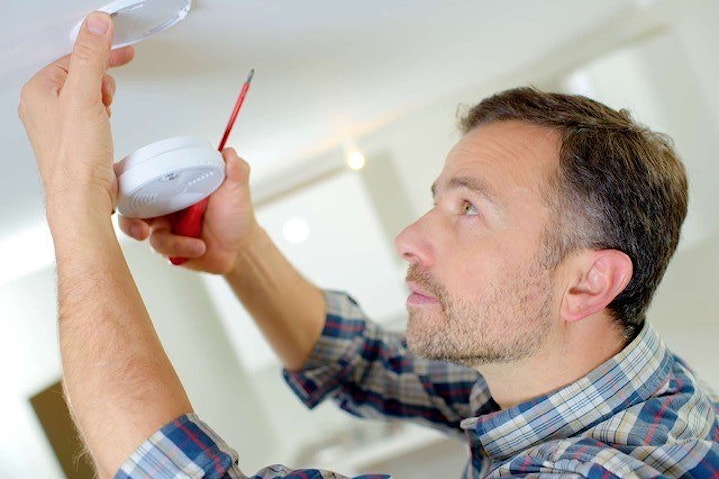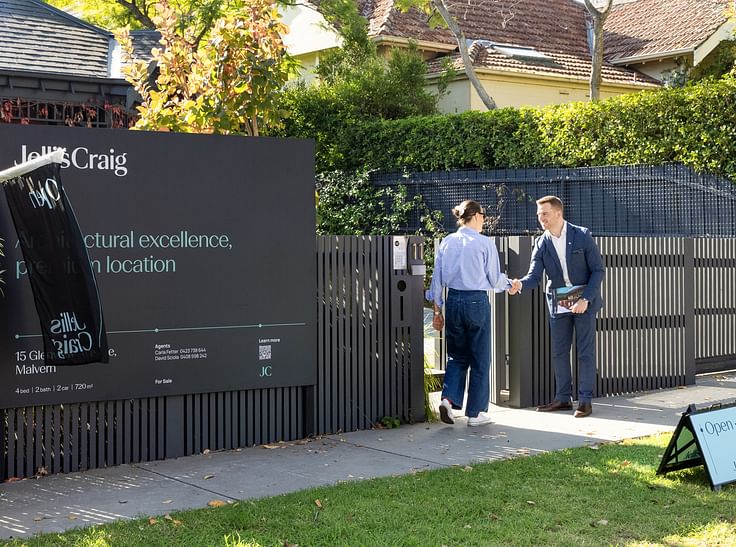Smoke alarms – protecting homes and saving lives

It’s a well-established fact that smoke alarms save lives. We also know they help to protect against devastating and costly property damage.
With the start of daylight savings, residents are encouraged to turn the clocks forward and change the battery on all smoke alarms. However, there is more to checking a smoke alarm than just the battery.
Residential homes constructed before 1 August 1997 need only 9 volt battery powered smoke alarms installed. Residential homes constructed after 1 August 1997 must have smoke alarms connected to 240 volt mains power. In addition, a backup battery must be installed in these smoke alarms.
“At Jellis Craig we find many home owners are not confident installing or checking their own smoke alarms, due to the extent of checking needed. That’s why we recommend utilising a professional service,” says Sophie Lyon, General Manager Jellis Craig Property Management Boroondara.
A professional smoke alarm inspector will:
1. Check to ensure your property has the correct number of smoke alarms according to the building code
2. Check that all smoke alarms are located correctly and that they haven't expired
2. Clean the unit and install new batteries
3. Test with artificial smoke and replace expired, faulty or damaged alarms with new, Australian Standard Approved alarms
4. Issue a report and a compliance certificate to be kept on file
“Landlords are required by law to inspect smoke alarms annually,” says Sophie, “But we think the start of daylight savings is an opportune time for all home owners to check their smoke alarms.”









